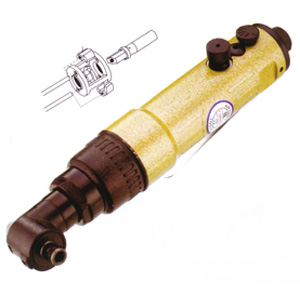 The hardware market has a wide range of types and competition is fierce. In recent years, sales of pneumatic tools have steadily increased. The development of pneumatic tools has a good market environment and broad prospects for development.
The hardware market has a wide range of types and competition is fierce. In recent years, sales of pneumatic tools have steadily increased. The development of pneumatic tools has a good market environment and broad prospects for development. Pneumatic tools look promising:
First: In terms of environmental applicability, pneumatic tools have stronger water resistance. Although immersed in water is harmful to the tool, it will not produce electric sparks like electric tools, causing harm. And because the pneumatic tool can use the internal combustion engine air pump, it can adapt to various bad or harsh environments.
Second: In terms of economy, the initial investment of power tools is relatively low, but long-term use of energy is relatively high, and the cost of tool repair and replacement is also high. The initial investment in pneumatic tools requires the establishment of air-pressure piping equipment, but the long-term use of the equipment is low in energy consumption and tool maintenance.
Thirdly, in terms of working ability, the pneumatic tool can be easily operated through the operation of the air supply valve handle and adjusting the regulating valve, and more levels of selection can be provided in the speed range. In the case of the same output power, the power tool can Smaller and lighter than, the pneumatic tool is more suitable for long-time work, without the occurrence of heating phenomenon, and even if the compressed air engine is overloaded, the tool simply stops rotating and resumes normal operation once the overload phenomenon is released.
Solenoid & Manual Directional Valves
Solenoid & manual Directional Valves is developed by our company. It is suitable for a complex environment,the valve can be operated for direction changing after the power turning off. It is easy, convenient and functional.
Technical Parameter:
Max Pressure:31.5MPa
Max Flow: 80L/min
Working Principle:
Conventional solenoid valve control A. B port working. Special conditions, such as power failure, manual control can be used. Work function is consistent with conventional.
Solenoid & Manual Directional Valves
Manual Directional Valve,Solenoid Control Valve,Hydraulic Directional Control Valve,Solenoid Directional Control Valve
Jinan Longli Hydraulic Device Co.,Ltd , https://www.longlihydro.com